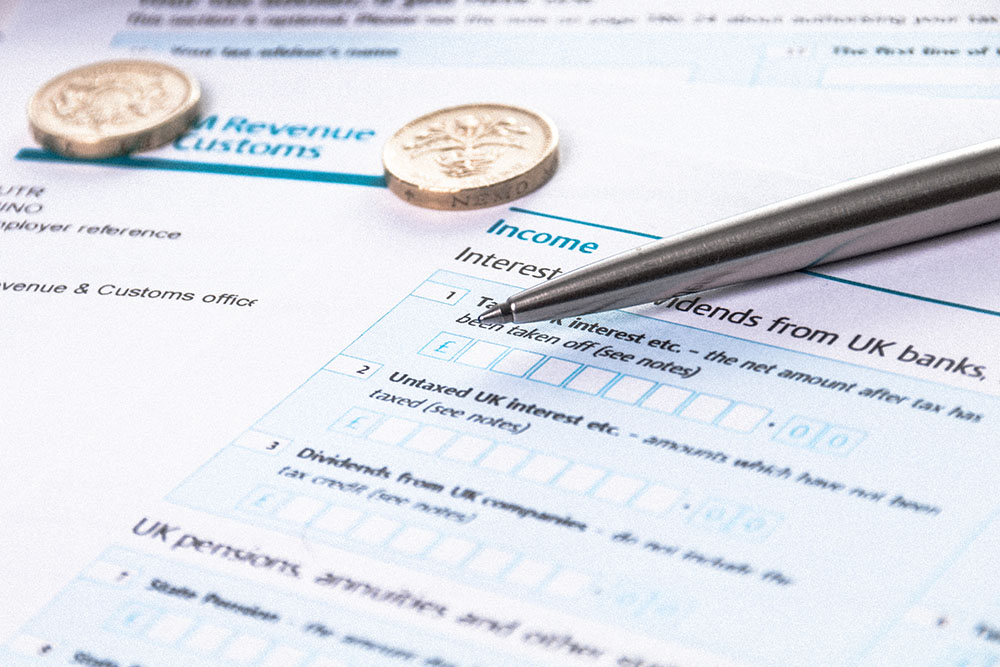A short guide to private pensions
This content is for information purposes only and should not be taken as financial advice. Every effort has been made to ensure the information is correct and up-to-date at the time of writing. For personalised and regulated advice regarding your situation, please consult an independent financial adviser here at Castlegate in Grantham, Lincolnshire or other local offices.
Private pensions can be powerful retirement planning tools, helping people enjoy a more comfortable and sustainable lifestyle. Yet, there often needs to be more clarity over how they work. In this guide, our Grantham financial planners explain how UK clients can use private pensions in 2024-25 to maximise their retirement funds.
We hope these insights are useful. To discuss your own financial plan with us, please get in touch to arrange a no-obligation financial consultation at our expense:
01476 855 585
info@casfin.co.uk
What are private pensions?
Generally speaking, a private pension is a scheme an individual opens independently. The funds are set aside for retirement and typically become accessible after the scheme member reaches their Normal Minimum Pension Age (NMPA—i.e., 55 in 2024 and rising to 57 in 2028).
These schemes fall under the umbrella term “defined contribution pension,” a type of scheme that involves building up a “pot” of money. A workplace pension can also fall into this category. The main difference is that the employee and the employer contribute to the scheme under the UK’s auto enrolment rules.
Please note that these pensions differ from the State Pension, which is an income an individual can eventually claim based on their National Insurance (NI) record.
Types of private pension
Various options are available for individuals to help cater to their diverse needs and goals. One option is the “stakeholder” pension, which is often the “simplest” type of private pension. A default investment strategy is often suggested to the new member, and minimum contributions are typically set at a low rate (e.g. £20).
Another option is the self-invested personal pension (SIPP). This scheme type can be more expensive in terms of fees. However, in exchange you get far more control over your investments and a wider range of funds to choose from.
Why open a personal pension?
Personal pensions are not suitable for everyone. Yet, for certain individuals, they can be excellent tools for tax planning, retirement planning and even estate planning (e.g. mitigating inheritance tax). In particular, a personal pension can be a great opportunity for a self-employed person who is not entitled to a workplace pension from an employer.
Similar to a workplace (or “occupational”) pension, contributions to personal pensions can receive tax relief. This provides a “boost” to what you put into your pension. For instance, a Basic Rate taxpayer can claim back 20% from HMRC and add it to their pot. Someone on the Higher Rate can claim back 40%.
Personal pensions are also highly “portable”. If you change jobs, for instance, you can take your pension with you. By contrast, your old workplace scheme will retain the funds you accumulated during your employment. However, you cannot usually continue contributing to that scheme.
Should I open a personal pension?
This is a decision that is unique to each individual. The factors that go into the decision are multifarious and often complex, requiring financial advice to help individuals navigate the considerations effectively. However, here are some broad principles to consider.
At the outset, a financial planner will typically ask a new client questions about their current pension(s). For instance, how many “qualifying years” have they accumulated on their NI record? If the individual already has the complete 35 years needed to get the full new State Pension, then a personal pension could be a good next step to build up extra retirement funds.
It is also generally wise to examine your workplace pension (if you have one) to ensure you are getting the most out of it. Remember, a personal pension usually just receives contributions from you (the member), not your employer. A workplace scheme, by law, must receive at least a 3% contribution level from the employer and 5% from the employee.
Some employers offer various incentives to encourage workers to contribute to the workplace pension. For instance, “matching schemes” often involve employers mirroring their employees’ contributions up to a certain level (e.g. 10%). This effectively amounts to free money for your pension if you can afford to increase your contributions, and it may be worth prioritising over a personal pension.
However, others may benefit from concentrating on a personal pension. A self-employed person might fall into this category. Or, perhaps an individual who is dissatisfied with their workplace scheme (e.g. due to limited choice of funds and/or high investment fees). Speak with a financial adviser to explore your options with the best available information and insights.
A note on pension switching
If you already have one or more pensions, it can sometimes be worthwhile moving your benefits into a new scheme. (Note: This is different from a pension “transfer” or “conversion”).
A pension switch involves moving benefits from one scheme to another of the same type – e.g. from one personal pension to another personal pension. This can sometimes open up better options for the individual, such as lower fees and a wider range of investment choices.
Please speak with us if you want to explore this subject in more detail.
Invitation
If you are interested in discussing your own financial plan or investment strategy with us, please get in touch to arrange a no-commitment financial consultation at our expense:
01476 855 585
info@casfin.co.uk












